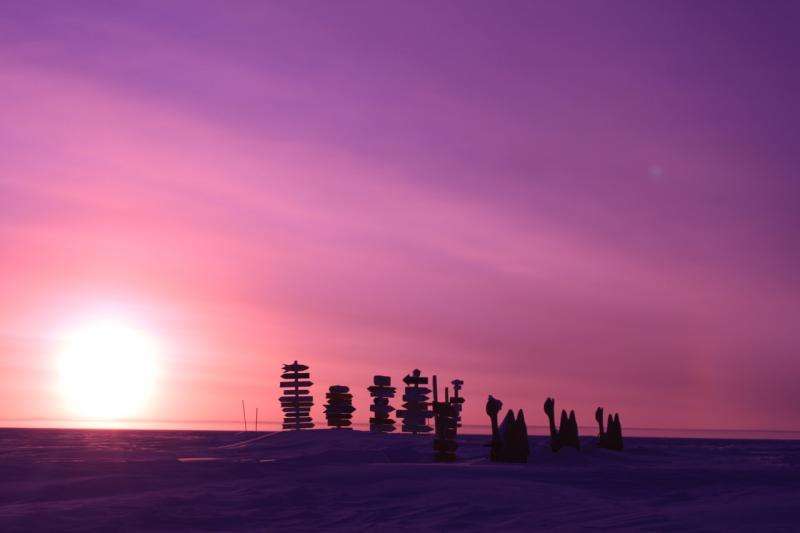Image: Return of the sun at Antarctica's Concordia research station

For some, the sun disappeared behind the moon in yesterday's eclipse for a few minutes, but the 13 people living in Antarctica's Concordia research station had to cope without sunlight for much longer. This sunset picture is beautiful on its own, but imagine if you hadn't seen the sun in over four months.
This is exactly what the team living and working in the remote Concordia base experienced on a plateau 3200 m above sea level, at the very southern tip of Earth. The sun does not rise above the horizon in the winter (May to August). The crew live without sunlight and temperatures can drop below –80°C.
The extremes and isolation from the rest of the world in Concordia are not unlike how it will be to live on another planet. ESA sends a research doctor to the Franco–Italian base every year to study how the human body and psyche copes.
A tradition for each crewmember spending almost a year at the station is to make a wooden sign pointing to their home town. One year, the crew made wooden three camels which can be seen to the right. Despite being outside in the cold the signs do not rot – no bacteria or fungi can survive in the harsh conditions.
Concordia's nearest neighbour is 600 km away – the Russian Vostok station – and between them is a barren white desert of snow and ice.
Provided by European Space Agency





















